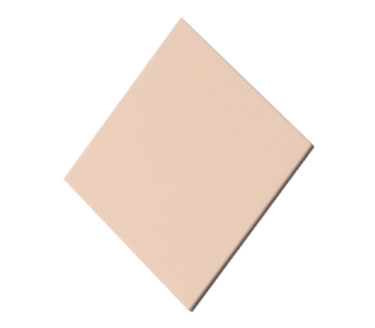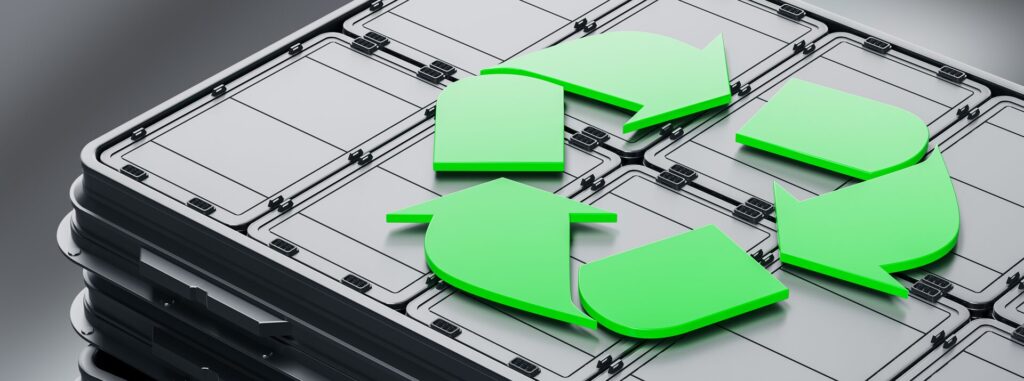
- Electronic Components
Heat Dissipation Principle of TIM (Thermal Interface Material)
Contents
- 1 TIMs fill air gaps to improve thermal conduction
- 2 The thermal conductivity of TIMs depends on the physical properties and density of the fillers
- 3 How to increase the filler packing rate
- 4 Lattice vibration of carbon fiber leading to high thermal conductivity
- 5 Thermal Conductive Sheet Carbon Fiber Type
- 6 Lineup of Thermal Conductive Sheets in Dexerials
TIMs fill air gaps to improve thermal conduction
TIM (Thermal Interface Material) refers to a thermally conductive material inserted between components to efficiently dissipate the heat generated inside electronic devices. It is generally inserted between a heat-generating element such as an integrated circuit (IC) and a heat-dissipating component such as a heat spreader or heat sink.
The surface of the IC and the heat sink may look flat. However, from a microscopic level, the surface has minute irregularities such as scratches created during the manufacturing process. Thus, there will be small air gaps between the IC and heat sink even if they are in direct contact. Since air is an excellent thermal insulator (low thermal conductivity), the heat generated by the IC spreads in a way that avoids the air gap. As a result, the heat cannot be efficiently dissipated outside. TIM is the solution to this problem as it will fill the air gaps between the two irregular surfaces. By doing so, TIM which also has good thermal conductivity, creates a heat path and efficiently releases heat from the IC to the outside.
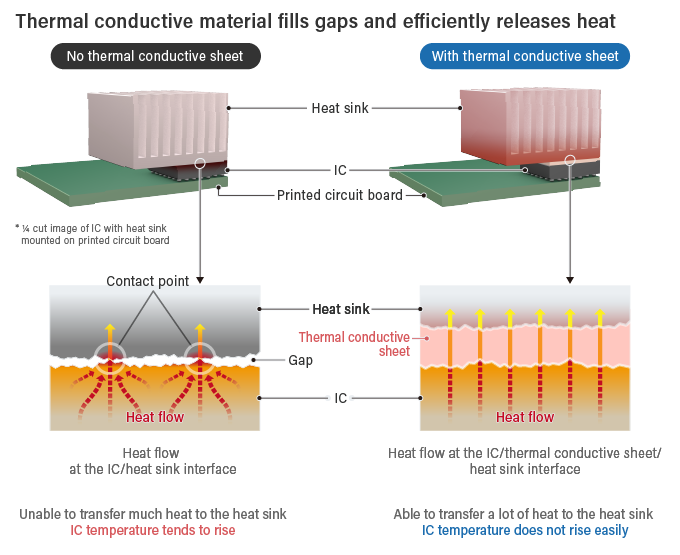
The thermal conductivity of TIMs depends on the physical properties and density of the fillers
Soft resin is used as the main component of TIM as it needs to be soft enough to fill in the surface irregularities. However, since the thermal conductivity of the resin is low, fillers are added to enhance the overall thermal conductivity of the TIM. The thermal conductivity varies greatly depending on the physical properties and density of the filler. Boron nitride (BN), aluminum nitride (AlN), and alumina (Al2O3) are typical fillers used in thermal conductive sheets.
Heat transfer in TIMs occurs through the contact points of the fillers, as shown below. Therefore, better performance is achieved by more densely packed fillers.
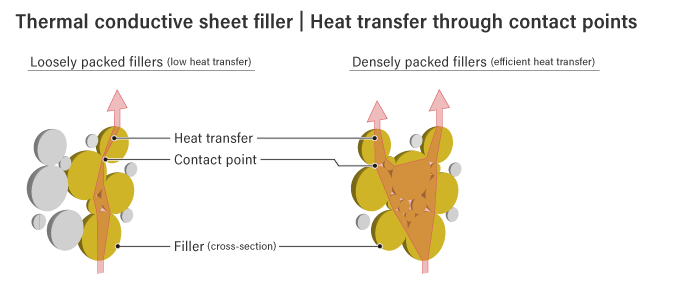
The following figure shows the relationship between thermal conductivity. and filler content when alumina (Al2O3) and aluminum nitride (AlN) are used as fillers. The thermal conductivity increases drastically when the volume of the filler content exceeds 80%.
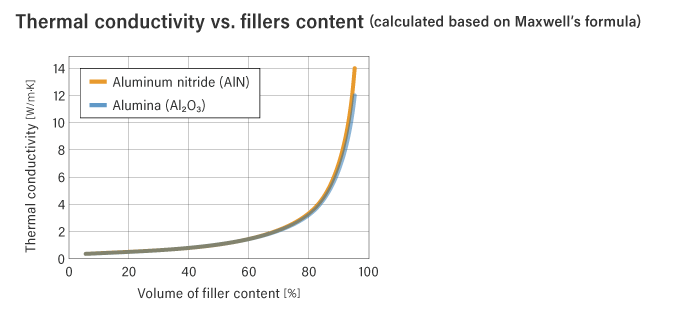
How to increase the filler packing rate
The packing rate is increased by filling the gaps between larger diameter spherical fillers with smaller diameter spherical fillers. An analogy to this is putting large round stones in a glass bottle and filling the gaps with smaller pebbles and sand. As a result, heat is dissipated efficiently.
The ideal filler shape is a uniform sphere because uneven shapes are unable to achieve high packing rates. Furthermore, thermal conductivity varies depending on the particle size and proportion of filler, as determined from previous research.
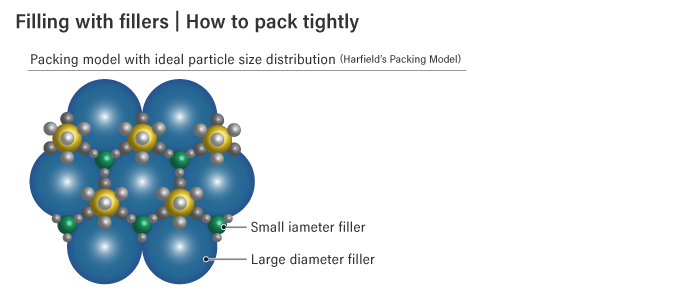
The following figure shows the thermal conductivity of various materials used as thermal conductive fillers relative to their corresponding values of water resistance, toxicity, and cost. These are all essential factors when using electronic devices. Accordingly, alumina (Al2O3) is often selected from ceramic oxides, and aluminum nitride (AlN) is selected from nitrides. Carbon is another material with high thermal conductivity. Dexerials has independently developed and mass-produced a TIM that uses carbon fiber.
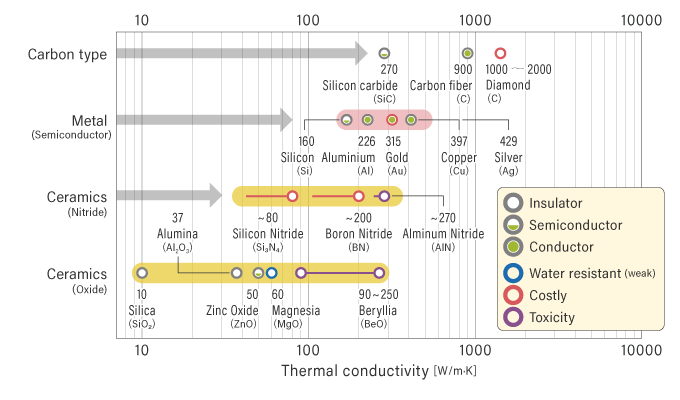
Lattice vibration of carbon fiber leading to high thermal conductivity
In most cases, the electrical conductivity of a metal is proportional to its thermal conductivity. This balanced relationship is because transfer in metals is carried out by free electrons responsible for electrical conduction. Since electricity flows through carbon fiber, it would be assumed that heat conduction occurs by the action of free electrons, but this is not the case. As shown in the graph below, the electrical conductivity of carbon fiber differs significantly from that of metals. Therefore, its thermal conduction is not by the movement of free electrons but by the vibration of the lattice structure of robust atoms.
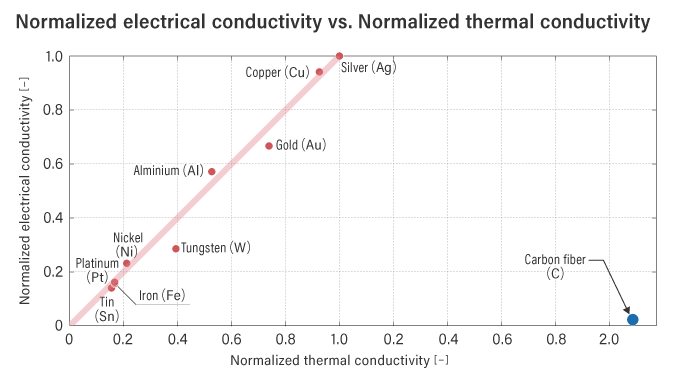
Thermal Conductive Sheet Carbon Fiber Type
One thing to keep in mind when using carbon fiber as a TIM filler is that it has anisotropic thermal conductivity, which is a physical property where the thermal conductivity of material differs depending on its direction. Carbon fiber, which has a long, thin, hair-like structure, has a high thermal conductivity in the longitudinal direction but only a few hundredths of that across the diameter. Therefore, to obtain high thermal conductivity when using carbon fiber as a filler, it is necessary to align the orientation of the carbon fiber towards the direction of desired heat transmission.
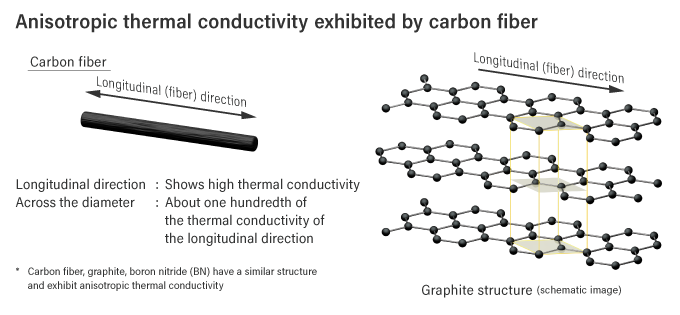
The figure on the left below shows the internal image of a thermal conductive sheet (silicone or acrylic) filled with spherical fillers. As explained earlier, when heat is transferred through spherical fillers, it passes through the contact points between the fillers. The heat transfer at the contact point is lower than inside the filler, where heat can transmit due to lattice vibration. As shown in the figure below, if the heat transfers between the four fillers, the heat is subjected to higher thermal resistance at the three different contact points.
On the other hand, if hair-like long carbon fibers are vertically aligned inside the sheet, this approach can significantly reduce contact points. Dexerials has established a unique technology to align these carbon fibers in a specific direction, fill them into the resin, and produce high-performance thermal conductive sheets.
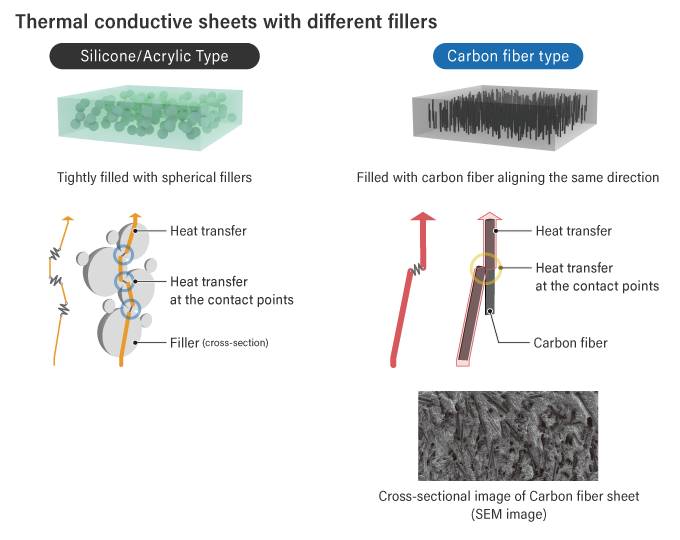
Lineup of Thermal Conductive Sheets in Dexerials
When selecting a thermal conductive sheet, both thermal conductivity and flexibility are essential factors. Standard-type thermal conductive sheets have varying flexibility levels, from very soft to very hard to meet a wide variety of applications and assembly processes. Several high-performance-type sheets with a high thermal conductivity range of over 10W/m・K are also available. Dexerials can advise the most suitable product from our extensive lineup, as shown below, upon further inquiry.
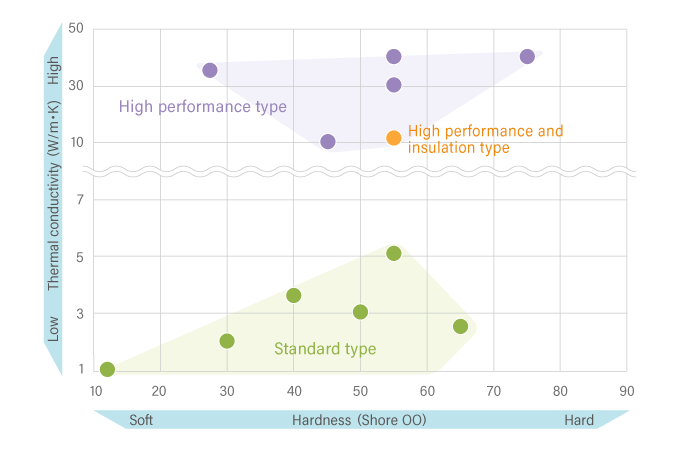
- SHARE
 Back to top
Back to top  Contact us
Contact us 


